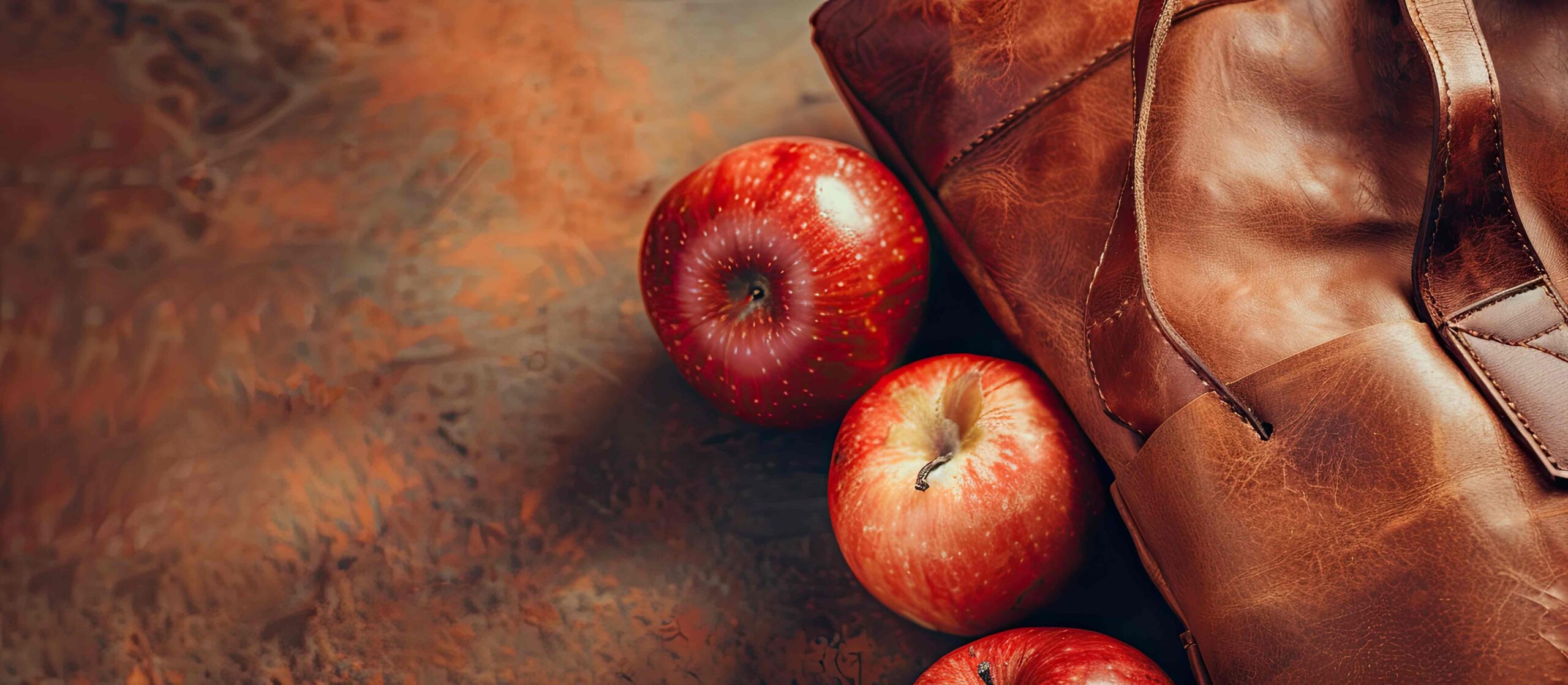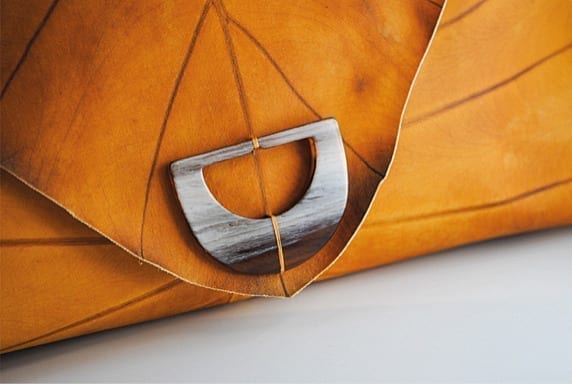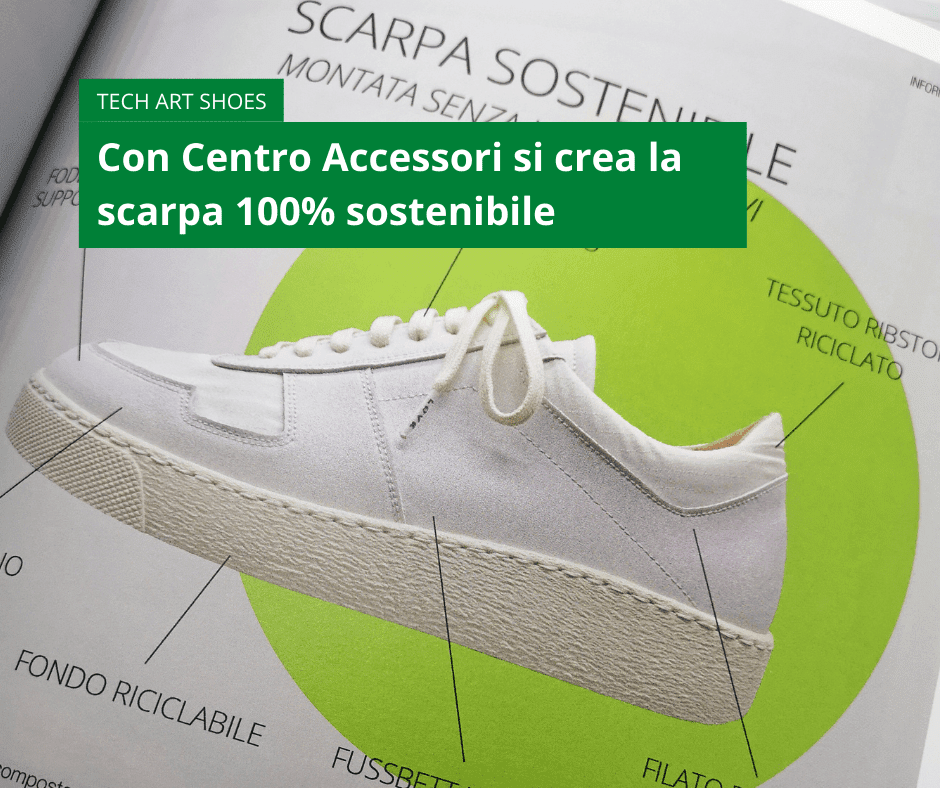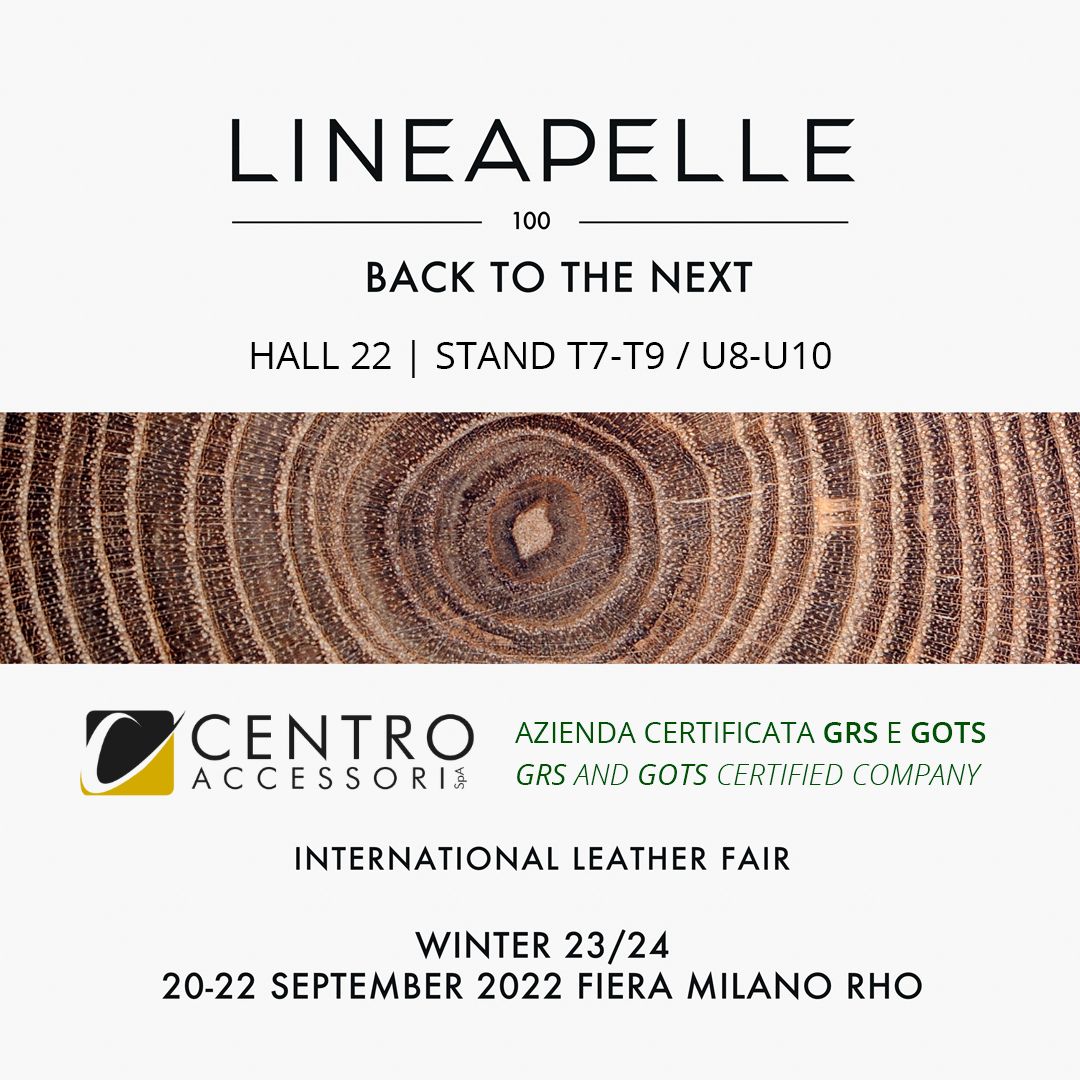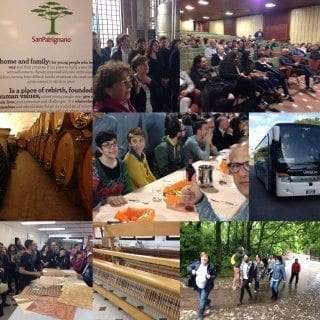The fashion industry is constantly evolving, and today more than ever, sustainability is at the forefront. With increasing environmental awareness, the demand for eco-friendly materials that can replace traditional leather is growing. In this article, we will explore some of the most innovative sustainable alternatives: recycled leather fiber, tea leaves, orange peel, cactus, bamboo, and apple skin. These materials offer eco-friendly options without compromising quality and style.
Recycled leather fiber

Recycled leather fiber is one of the most promising solutions for reducing waste in the fashion industry. This material is produced using leather scraps that are shredded and mixed with eco-friendly binding materials. The result is a durable and versatile material that can be used in a wide range of products, from shoes to bags. Using recycled leather fiber not only reduces waste but also the environmental impact of producing new leather.
Tea Leaves

Tea leaves are another emerging sustainable alternative. This material is created using tea leaf residues, which are transformed into a fibrous substance and then processed to create a plant-based leather. Tea leaf leather is soft to the touch, breathable, and biodegradable, making it an excellent option for those seeking sustainable and high-quality fashion products.
Orange peel

Orange peel is an innovative solution that leverages waste from the food industry. This material is produced using orange peels, which are transformed into a leather-like fibrous substance. Orange peel leather is soft, flexible, and biodegradable. It is an excellent example of the circular economy, as it transforms a food by-product into a high-quality material for fashion.
Cactus

Cactus has become a very popular material in the world of sustainable fashion. This material is produced using the leaves of the Nopal cactus, which are harvested without harming the plant. Cactus leather is soft, durable, and biodegradable. Moreover, cactus cultivation requires much less water than other crops, making it a highly sustainable option.
Bamboo

Bamboo is known for its rapid growth and ability to regenerate without needing to be replanted, making it a highly sustainable resource. Bamboo leather is produced by transforming bamboo fibers into a textile material that can be used as an alternative to leather. It is durable, flexible, and looks very similar to animal leather, but with a much lower environmental impact.
Apple Skin (tessuto di mela)

Apple skin is another sustainable innovation that uses food industry residues. This material is created using apple peels and cores, which are transformed into a fibrous substance. Apple skin leather is soft, durable, and biodegradable, and can be used to create a wide range of fashion products, from shoes to bags. Using apple skin not only reduces food waste but also provides a viable alternative to animal leather.
Sustainable fashion is the future, and these alternatives to traditional leather are proof of that. Recycled leather fiber, tea leaves, orange peel, cactus, bamboo, and apple skin offer eco-friendly solutions without compromising style and quality. Adopting these materials not only helps reduce environmental impact but also promotes a circular economy by using resources that would otherwise be wasted. For those in the fashion industry looking to make a conscious choice, these alternatives represent a step forward toward a greener and more sustainable future.

